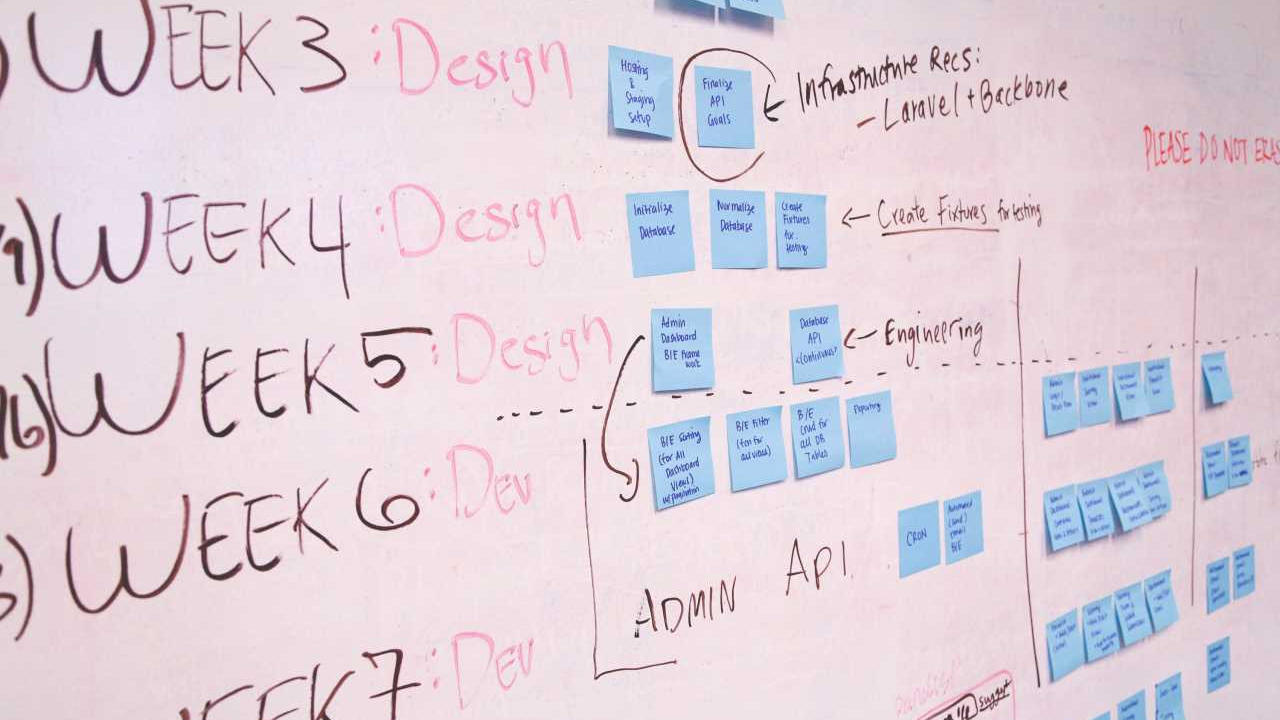
One of the most challenging tasks for project managers is creating a schedule. Any number of dependencies need consideration – logical progressions of work, resource availability, client or sponsor delivery demands, team preferences, and more. Here are five tips for getting the best possible schedule:
- Have enough milestones. What gets measured is what gets done. Be sure to include sufficient milestones and delivery dates in your plan. Two- to four-week intervals between deliveries are standard for knowledge projects (e.g., software development, IT). Construction and other physical products and services are customarily another two to three weeks longer. Without sufficient accountability, projects may flounder.
- Consider resource availability. Human resources are hardly ever 100% applied. As you set the schedule, factor in as many things as you can (e.g., vacation time, training time, time to fix any quality issues, any regular meetings). Even then, unexpected distractions are likely to happen. One approach I've found useful is to estimate the actual work effort. Then, determine the average percent applied resources are on the average. I use this percentage to set capacity in my scheduling tool to compute the correct duration automatically.
- Schedule with the team. Every project manager should know that creating the Work Breakdown Structure is a team-building exercise. Don't let the teamwork stop there. Be sure the team is involved in scheduling. Their involvement will make sure work isn't forgotten and will improve buy-in to the schedule.
- Create a rock-solid baseline. Once planning is complete, be sure to review your schedule one last time, and then create a baseline. A baseline will help you measure weekly progress to be sure everything stays on track. Track the actual start and end dates, as well as the real effort and duration. A solid understanding of variance will both assure your success and the success of future projects that may look at your plan.
- Keep it current. Track the date and time variance weekly. If there is a negative trend, it is better to find out sooner rather than later. Identifying the right corrective action takes time, and more time is required to confirm that it worked. If your project is longer than a few months, it is beneficial to do a thorough schedule review every three to six months to make sure there are no surprises.
Bonus tip #1: Much as you would determine a contingency reserve for a budget, use your risk analysis to determine an appropriate reserve for your schedule.
Bonus tip #2: Examine the critical path for longer tasks. See if further break down is possible. As the project moves forward, prioritize attention to these tasks.
Subscribe for Our Project Management Resources, Best Practices, and Tips
Confirm your subscription to receive an email with immediate download access to Project Manager's Resources, a valuable list of books and web sites.
Get the latest tips and updates sent directly to your inbox monthly.
We hate SPAM. We will never sell your information, for any reason.
